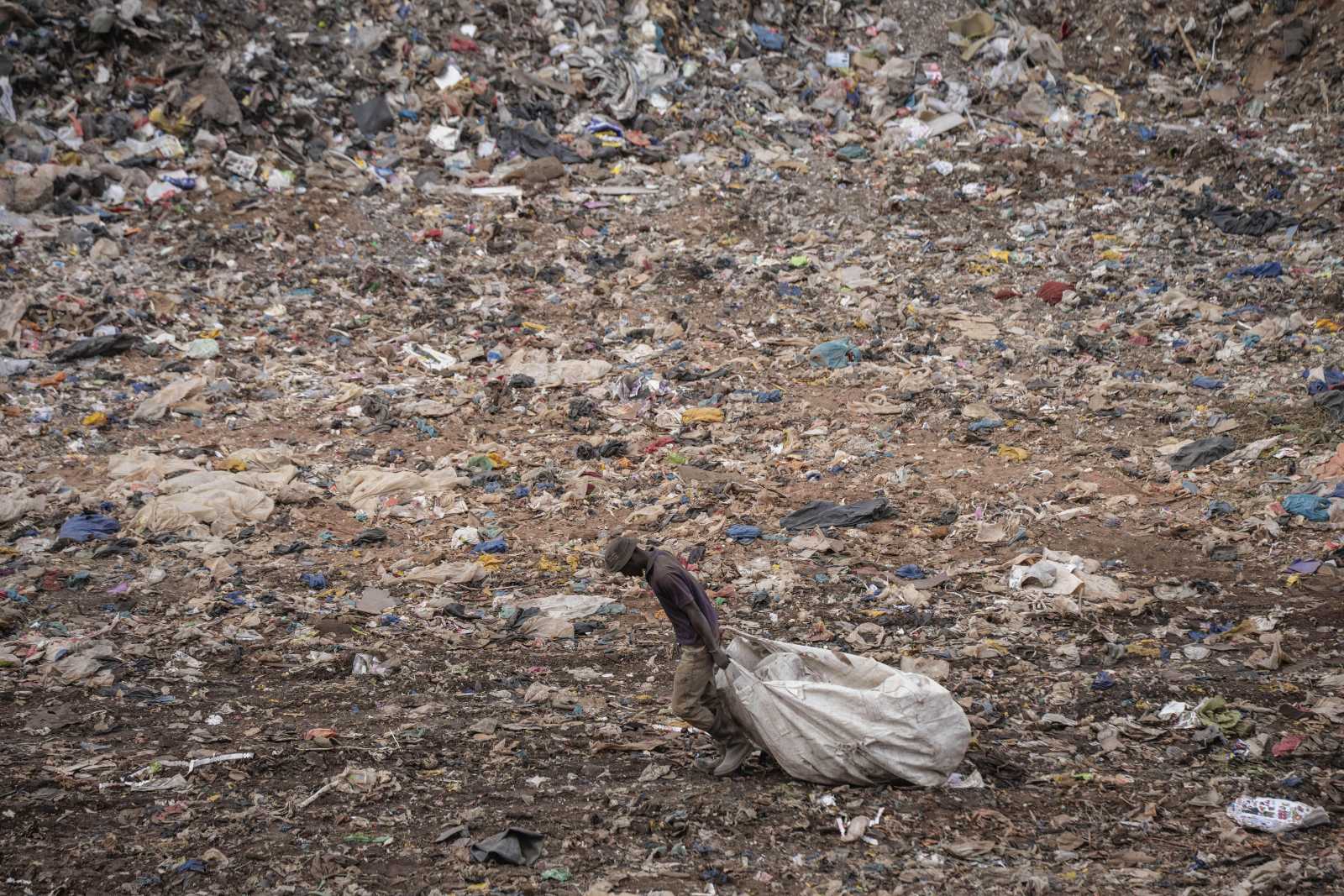Aid effectiveness
A call for openness
By Claudia Schwegmann
The USA and the UK want to see transparency at the top of the agenda of the High Level Forum on Aid Effectiveness in Busan in November. Dirk Niebel, Germany’s federal development minister, has also called for more openness. At the High Level Forum in Accra in 2008, several countries agreed to ensure more transparency. In the last three years, however, only little progress was made, as a recent OECD evaluation shows. According to an independent study, Germany ranks in the middle of the international table of donor aid transparency.
In 2010, Publish What You Fund, a British civil society organisation, started assessing the transparency of governments and their aid agencies. Together with national NGOs, Publish What You Fund used seven criteria to rank OECD members’ openness. The criteria are:
– reporting to the OECD’s Creditor Reporting System (CRS),
– existence of a Freedom of Information Act (FOIA),
– participation in the International Aid Transparency Initiative (IATI) that was launched in Accra,
– disclosure of all aid plans to partner country governments,
– aid inclusion in the national budget of recipient countries and public access to such data and, finally,
– transparency assessments by civil society organisations.
Germany appears half-way down the ranking, placed 15th out of 30. The country scores easily on the first three criteria since reporting to the CRS is mandatory for OECD members, Germany has a FOIA and it participates in the IATI. Nevertheless, there are still problems with FOIA enforcement, and the IATI standard, which was agreed in February 2011, has not been implemented yet.
One of the OECD’s primary demands is that development aid should be disclosed in the recipient country’s national budget. This is only the case for less than 40 % of German aid. Germany also ranks mid-table in terms of planning transparency: partner countries have access to planning data in about 60 % of cases. But what really brings down Germany’s overall score is transparency to the public and civil society. On that criterion, it is merely 26th.
At the international level, there are three healthy trends:
– individual donor agencies are implementing more transparency measures,
– more research is being done on how transparency affects aid effectiveness, and
– the influence of open data initiatives is growing.
The World Bank, for example, has embraced a policy of greater transparency, making its financial data as well as socioeconomic statistics accessible. The World Food Organisation (FAO) and the newly renamed Multi-Partner Trust Fund (MPTF, formerly Multi-Donor Trust Fund) have similarly published previously inaccessible data online. The USA, Sweden and Norway have created websites to illustrate their development policies. Efforts are also underway in developing countries to improve transparency. One example is the transparency initiative in Nepal.
The number of academic publications on the issue is still limited, but more research is being done. Reinikka/Svensson (2003) and Björkman/Svensson (2009) examined the impact of transparency on education and health in Uganda. Jörg Faust (2010) noted a statistical correlation between aid transparency and effective aid allocation. In May, a group of eight internationally active foundations – including the Ford Foundation and George Soros’ Open Society Foundations – created the Transparency and Accountability Initiative (T/A Initiative) as a vehicle for research. Pilot studies are also underway in the IATI, concerning, for instance, aidinfo in Nepal and Uganda.
The third and perhaps most important new development is the global open data movement. Government agencies have lots of relevant data, but, in the past, they failed to make them available to the public. The basic idea of open data is that third parties must be put in the position to re-use the data of public institutions. Today, information can only be considered transparent if it is technically and legally accessible.
Openness is about more than publishing annual reports, which is how transparency was understood a decade ago. In recent years, many governments and municipalities have created open data platforms to promote data re-use. Apart from the USA and Britain, this list includes Canada, Brazil, South Africa, Moldova, Timor-Leste and Kenya. IATI has developed a standard for such purposes, designed to help civil society groups, governments, researchers and donors access relevant aid data. These IATI rules are currently the only open-data-standard that applies to development agencies.
Sceptics’ arguments
Nevertheless, there is resistance to IATI, including in Germany. Opponents point to three issues:
– high costs,
– sensitivity of some data and
– alleged lack of demand.
Creating transparency certainly costs money. But intransparency is expensive too. Large sums of development money are wasted because of corruption, poor coordination or the unpredictability of aid flows. Transparent procedures would help to improve matters. According to reports from Britain’s Department for International Development (DfID) and the MPTF Office, open data can also boost efficiency within donor agencies.
Concerns over data sensitivity must always be taken seriously, but they tend to be exaggerated. In regard to most of the information the IATI standard refers to, there is no reason to worry. If, however, in individual cases data really needs to be protected, it can be exempted from reporting. The third objection, however, is plain wrong. There is a demand for data, as was emphasised in the Accra Agenda for Action as well as in the recent OECD evaluation. A more serious caveat than the three common arguments against open data is that transparency as such does not guarantee more accountability. More is needed, including an active civil society, free and egalitarian use of information and a trustworthy judiciary.
Where these requirements are not met – as is the case in many developing countries – open data can even compound imbalances of power to the detriment of the poor. That is likely to happen where open data basically serve an educated elite. However, this is not an argument against transparency as such. Rather, it highlights that more is needed than transparency. For good reason, Karin Christiansen of Publish What You Fund told the World Bank’s Spring Meeting: “Transparency alone cannot reduce poverty, strengthen accountability, stop corruption, improve donor coordination and boost efficiency. But it is hard to see how any of those goals can be achieved without transparency.”








